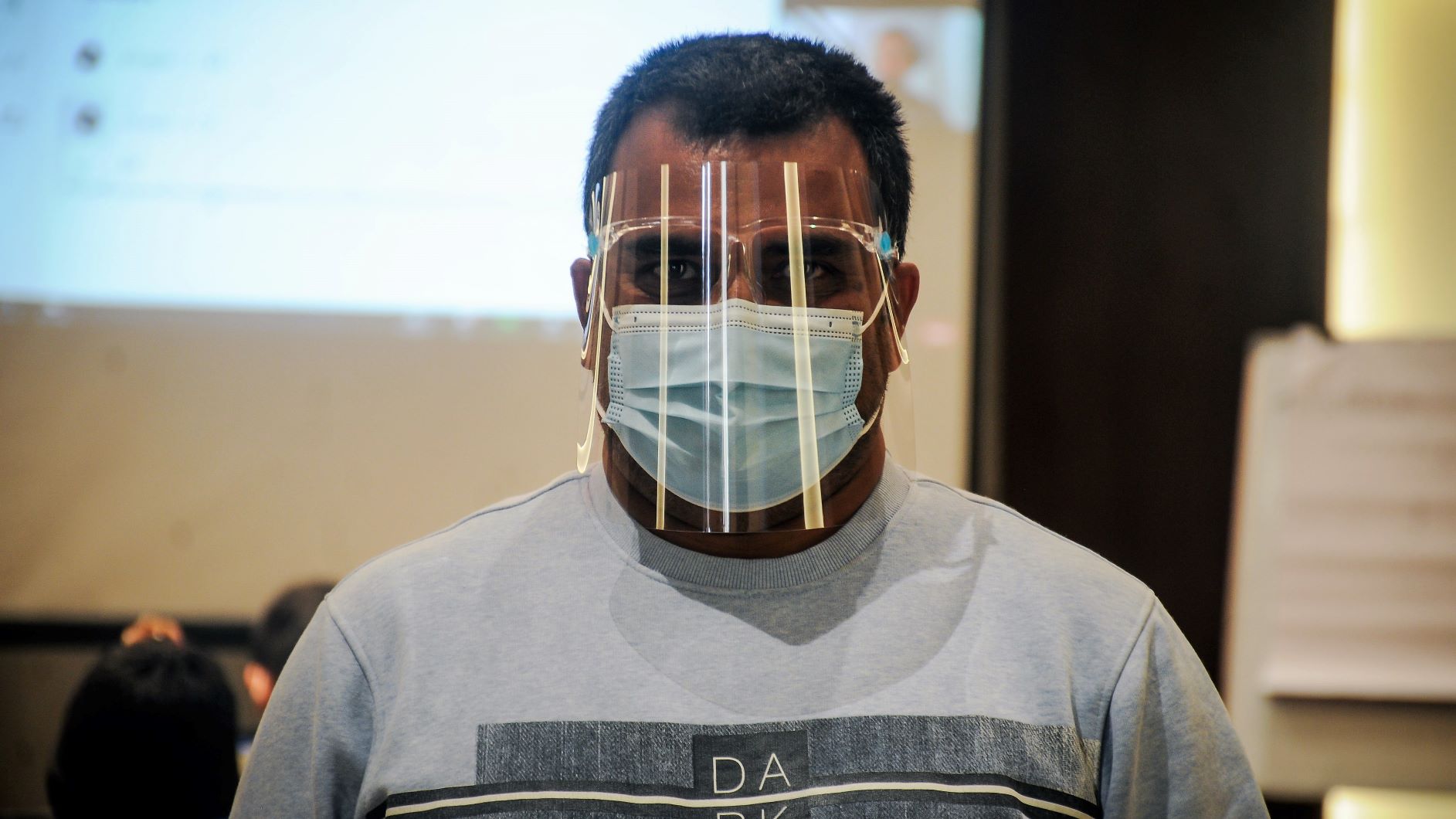As a part of graduate course of media studies at the International Summer School 2010 at the University of Oslo, I visited, along with classmates, two different newspapers of Norway. Where as Klassekampen, a lowly circulated socialist daily, pride being a serious newspaper with clear ideological stance, Dagblalet, the third-largest selling tabloid pride itself in being innovator and economically sound.
The offices of the newspapers reflect their position. Klassekampen has a relatively small office spread in two floors with everything put tightly together. To accommodate 15 of us, the acting news editor, Pål Hellesnes, briefed us in the canteen in a semi-formal dress.
Dagbladet was housed in two big floors of a building facing the sea and its editor-in-chief Lars Helle briefed us in a meeting hall with high-tech projection facilities (and, o yes, served us the drinks and fruits) in formal attire.
While both the journalists put forward their views bluntly, sometime even harshly, there were striking difference between their statements and highlighted basically the difference of a serious yet non-neutral perspective newspapers and a market-driven best selling newspaper.
Hellesnes pointed that the paper has long ceased to be a party paper and their perspective is only reflected in opinions, letters and editorials. “The news are factual, accurately reported as per the principals of journalism,” he said adding that the newspaper has been able to increase its subscription in last eight years by marketing campaigns despite threats from digital media.
Helle, describing the long legacy of the newspaper, was blunt that they need to put something on the front page that forced people to pick the newspaper as 97.5% per cent of its sales was single-copy sale. “We have been widely criticized for our expression because we need to sale everyday,” he said. “We need to be sharp on front.”
Dagbladet published a drawing of Prophet Mohammad depicting as pig long after the ‘Cartoon Controversy created by Danish newspaper disappeared’ which generated much of fuss in Norway. “It was news and we can’t protect any religion,” he said adding that ‘the newsroom knew that the news was going to create controversy.’ He defended it with freedom of expression (Although I have nothing to say, I believe it could have been avoided for the better).
ONLINE THREAT
Dagbladet circulation is going down. It was 230,000 in 1994, a year before the paper becomes first mainstream newspaper to jump into the digital edition and now it’s 105,000 copies a day.
According to Helle, when he became the editor-in-chief, he promised that the decrease would slow down. Due to it, they cut down staff and integrated the website into its newsroom to cut the costs.
For Hellesnes, Klassekampen has ignoring the threats from digital media in lack of economic model. “Our subscription is increasing and we don’t want to go to online unless there is a economic model.”
It makes a quite interesting comparison!
OWNERSHIP & CREDITIBILITY
Dagbladet has quite an interesting ‘story’ for their attempt to keep up the creditability. When the newspaper went tabloid in 1983, there were concerns that the change in size may affect their credibility.
And, after much of discussion, they decided to form Dagbladet stiftelse – a foundation of independent people that has the authority to turn down or approve board’s decision on two matters – the appointment of the editor-in-chief and secondly, any change in the proclamation that the paper prints everyday on the top of second page. The foundation’s duty is to ensure the continuation of the paper’s legacy.
Isn’t it quite interesting?

